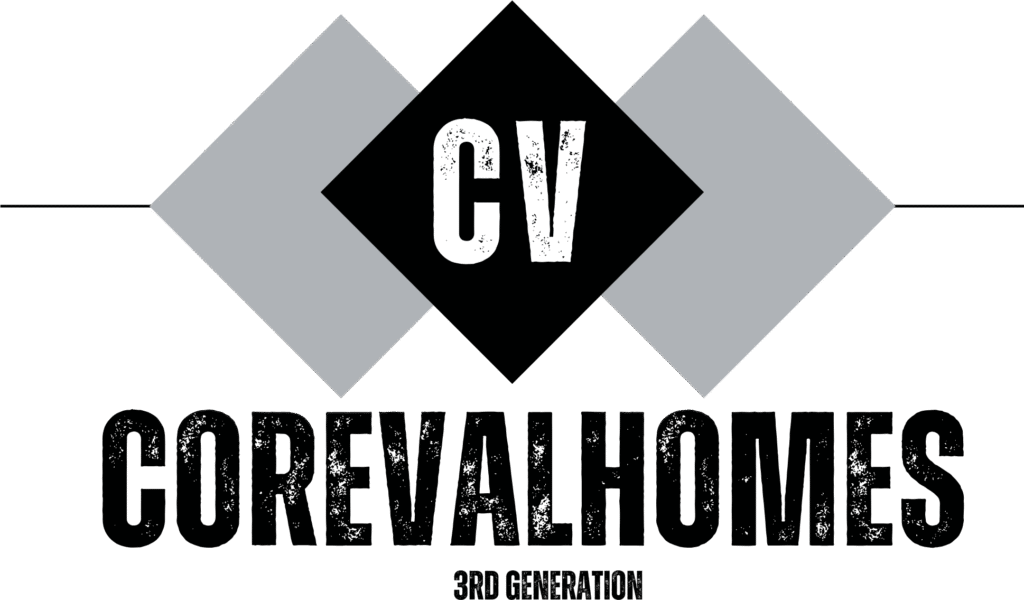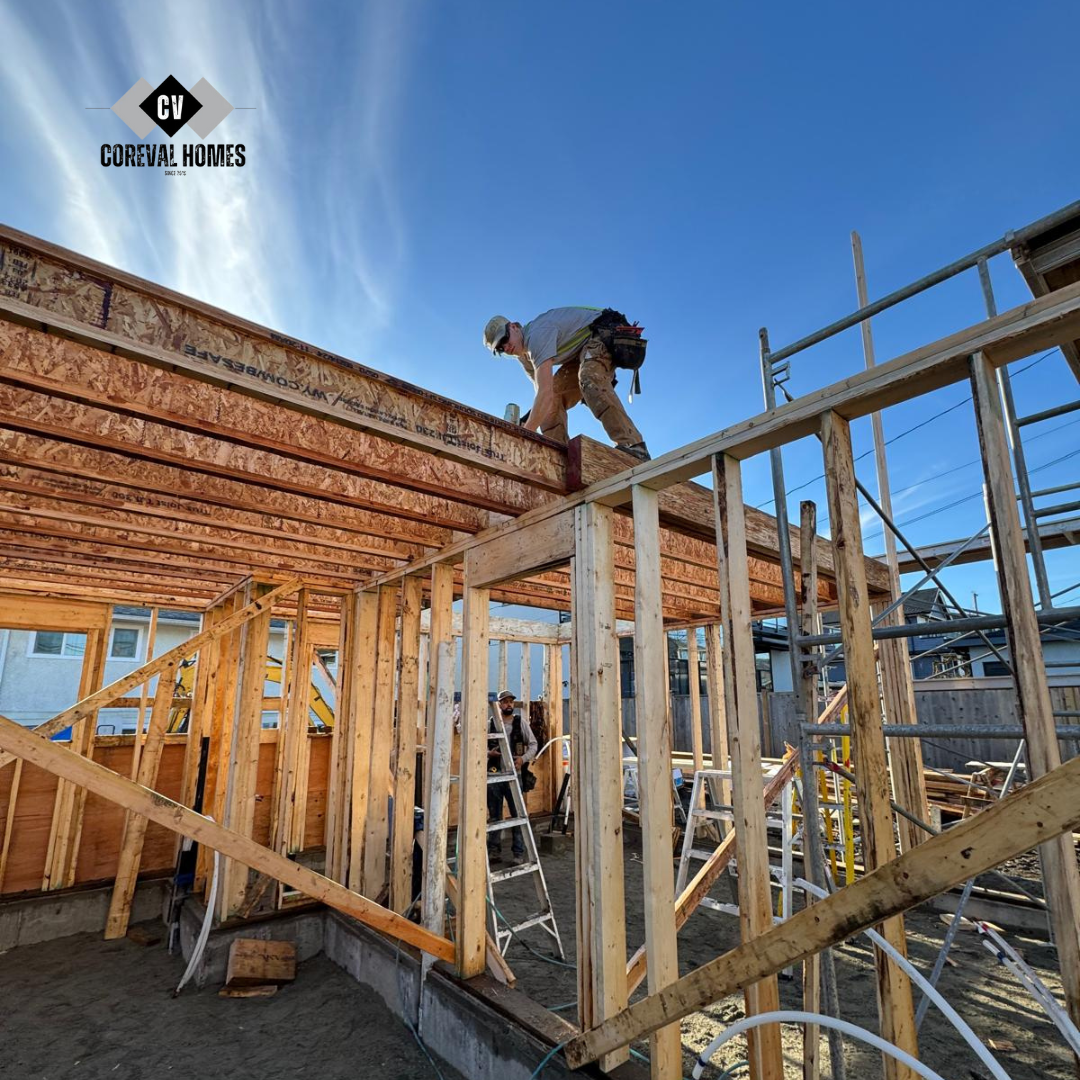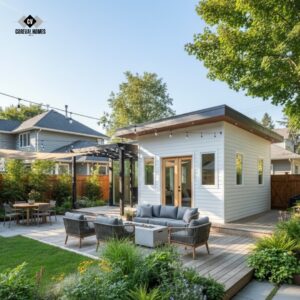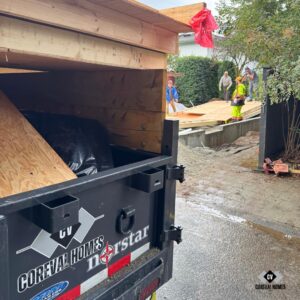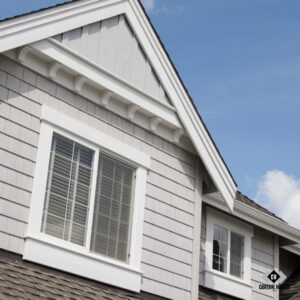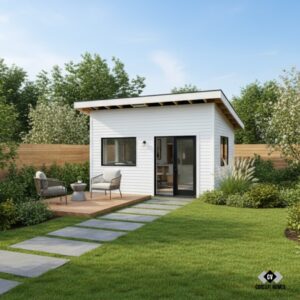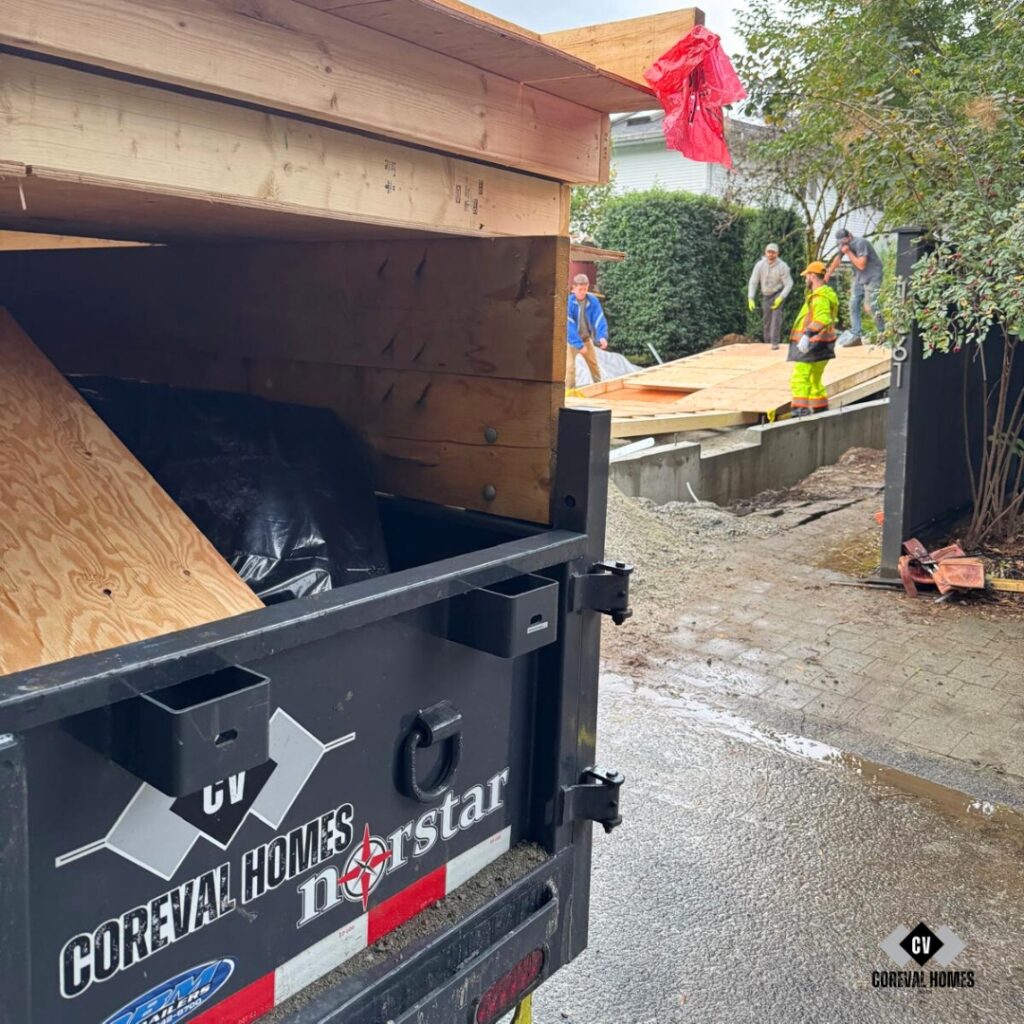The BC Energy Step Code represents a revolutionary approach to residential construction that demands Vancouver home builders rethink traditional building strategies. This performance-based regulation is not just another bureaucratic requirement—it’s a transformative blueprint for creating more energy-efficient, sustainable homes that will define the future of residential construction in British Columbia.
Understanding the BC Energy Step Code Landscape
The BC Energy Step Code is a game-changing provincial regulation that provides a clear pathway for incrementally improving building energy performance. For residential builders, this means navigating a complex but exciting new terrain of construction standards. The code establishes five distinct steps of energy efficiency, with each step representing a more ambitious target for home performance.
Step 0: Base Building Code
- Minimum provincial building code requirements
- No additional energy performance targets
- Traditional construction methods
- Lowest energy efficiency standard
Step 1: Enhanced Compliance
- 10% better than base building code
- Basic energy efficiency improvements
- Relatively modest performance upgrades
- Minimal additional construction costs
- Easier for builders to implement
Step 2: Improved Performance
- 20% better than base building code
- More sophisticated energy strategies
- Introduces more comprehensive envelope considerations
- Requires more detailed energy modeling
- Moderate complexity for builders
Step 3: Advanced Efficiency
- 30-40% better than base building code
- Significant energy performance improvements
- Requires advanced building techniques
- More complex mechanical systems
- Increased focus on thermal bridging reduction
Step 4: High-Performance Standard
- 50-60% better than base building code
- Near-passive house performance levels
- Extensive building envelope optimization
- Advanced air sealing requirements
- Sophisticated energy modeling mandatory
- Substantially higher construction investments
Step 5: Net-Zero Energy Ready
- 80-90% better than base building code
- Essentially net-zero energy performance
- Minimal external energy requirements
- Comprehensive renewable energy integration
- Most advanced building science techniques
- Highest complexity and investment level
Key Characteristics of the Step Code
- Performance-Based Approach: Unlike traditional prescriptive codes, the BC Energy Step Code focuses on measurable outcomes rather than specific construction methods.
- Voluntary but Strategic: Local governments can choose to implement the code, creating a flexible yet progressive framework for energy efficiency.
- Targeted Goal: The ultimate objective is to make all new buildings net-zero energy ready by 2032.
Challenges for Vancouver Home Builders
Vancouver home builders face significant challenges in implementing the BC Energy Step Code, which demands a comprehensive transformation of traditional construction approaches. The challenges are multifaceted and touch every aspect of residential development.
- Collaborate Closely with Energy Advisors: Every project requires detailed energy modeling and on-site testing.
- Invest in Advanced Building Techniques: Particularly for Upper Steps (Steps 4 and 5), builders need to develop new skills and knowledge.
- Manage Increased Construction Costs: More advanced energy efficiency measures can significantly impact project budgets.
Economic Considerations
The financial implications are substantial. While Lower Steps (1-3) can be achieved with existing market techniques, Upper Steps demand more significant investments. Builders must balance increased construction costs with potential long-term energy savings and market appeal.
Buildings in British Columbia currently account for approximately 22% of energy consumption and 12% of greenhouse gas emissions. The BC Energy Step Code represents a strategic approach to dramatically reducing these numbers.
Cost vs. Value Proposition
- Initial investment in high-performance building techniques
- Potential for premium pricing in energy-efficient home market
- Long-term operational cost savings for homeowners
Future Outlook
The BC Energy Step Code is more than a regulatory requirement—it’s a transformative approach to residential construction. By 2032, net-zero energy ready will become the standard, not the exception.
At CoreVal Homes, we see the BC Energy Step Code not as a regulatory hurdle, but as an exciting opportunity to redefine residential construction in Vancouver. Our commitment goes beyond compliance—we’re crafting homes that represent the pinnacle of energy efficiency, comfort, and sustainability.
Why Choose CoreVal Homes for Your Energy-Efficient Dream Home?
- Expertise: Our team is at the forefront of Step Code implementation
- Innovation: We transform regulatory challenges into design opportunities
- Long-Term Value: Homes that save you money and protect the environment
Limited consultations available. Secure your future-ready home now!
FAQs
1. How Does the Step Code Affect Home Resale Value?
Energy-efficient homes typically command higher resale prices in the market. Homes meeting advanced Step Code standards can potentially increase property value by 3-5% compared to standard construction.
2. Can Existing Homes Be Retrofitted to Meet Step Code Standards?
Retrofitting existing homes is possible but complex and potentially expensive. CoreVal Homes offers comprehensive assessments to help homeowners understand potential upgrade pathways.
Q3: What Financing Options Exist for Step Code Compliant Homes?
Some financial institutions offer green mortgages or preferential lending rates for energy-efficient homes. These programs can help offset the initial investment in high-performance building techniques.
Q4: How Long Do Energy-Efficient Upgrades Take to Pay for Themselves?
Depending on the step level and specific upgrades, homeowners can typically recoup investments through energy savings in 7-15 years. CoreVal Homes can provide detailed cost-benefit analysis for your specific project.
Q5: Are There Health Benefits to Step Code Compliant Homes?
High-performance homes offer improved indoor air quality, better temperature regulation, and reduced moisture-related issues. These factors contribute to overall occupant health and comfort.
People Also Ask
1. How Do Smart Home Technologies Integrate with Step Code Requirements?
Smart home technologies can significantly enhance a home’s energy efficiency by optimizing heating, cooling, and electricity usage. Many modern smart systems are designed to complement the BC Energy Step Code’s performance metrics.
2. What Impact Does Step Code Have on Rental Properties?
Rental properties meeting higher Step Code standards can potentially command higher rental rates due to lower utility costs. Landlords may see increased property value and tenant attraction through energy-efficient upgrades.
3. Are There Regional Variations in Step Code Implementation?
Different municipalities in British Columbia may have slightly different timelines and incentive structures for Step Code adoption. Local governments have flexibility in how they implement and enforce energy efficiency standards.
4. How Do Step Code Requirements Affect Home Insurance?
Energy-efficient homes often qualify for potential insurance discounts due to reduced risk of structural damage and lower maintenance requirements. Some insurance providers offer preferential rates for homes meeting advanced energy performance standards.
5. Can Homeowners Get Tax Credits for Step Code Compliance?
While specific tax credits vary, many municipalities and utilities offer financial incentives for homes meeting higher energy efficiency standards. Homeowners should consult local government and utility programs for current rebate opportunities.
